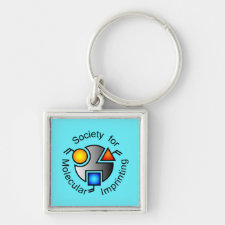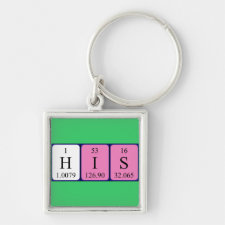
Authors: Bognár J, Szücs J, Dorkó Z, Horváth V, Gyurcsányi RE
Article Title: Nanosphere Lithography as a Versatile Method to Generate Surface-Imprinted Polymer Films for Selective Protein Recognition.
Publication date: 2013
Journal: Advanced Functional Materials
Volume: 23
Issue: (37)
Page numbers: 4703-4709.
DOI: 10.1002/adfm.201300113
Abstract: A versatile approach based on nanosphere lithography is proposed to generate surface-imprinted polymers for selective protein recognition. A layer of 750 nm diameter latex bead-protein conjugate is deposited onto the surface of gold-coated quartz crystals followed by the electrosynthesis of a poly(3,4-ethylenedioxythiophene)/poly(styrenesulfonate) (PEDOT/PSS) film with thicknesses on the order of the bead radius. The removal of the polymer bead-protein conjugates, facilitated by using a cleavable protein-nanosphere linkage is shown to result in 2D arrays of periodic complementary size cavities. Here it is demonstrated by nanogravimetric measurements that the imprinting proceeds further at molecular level and the protein (avidin) coating of the beads generates selective recognition sites for avidin on the surface of the PEDOT/PSS film. The binding capacity of such surface-imprinted polymer films is ca. 6.5 times higher than that of films imprinted with unmodified beads. They also exhibit excellent selectivity against analogues of avidin, i.e., extravidin, streptavidin, and neutravidin, the latter being in fact undetectable. This methodology, if coupled with properly oriented conjugation of the macromolecular template to the nanoparticles, offers the possibility of site-directed imprinting
Template and target information: protein, avidin
Author keywords: Molecularly imprinted polymers, surface imprinting, protein recognition, nanosphere lithography, PEDOT, PSS



Join the Society for Molecular Imprinting

New items RSS feed
Sign-up for e-mail updates:
Choose between receiving an occasional newsletter or more frequent e-mail alerts.
Click here to go to the sign-up page.
Is your name elemental or peptidic? Enter your name and find out by clicking either of the buttons below!
Other products you may like:
 MIPdatabase
MIPdatabase









